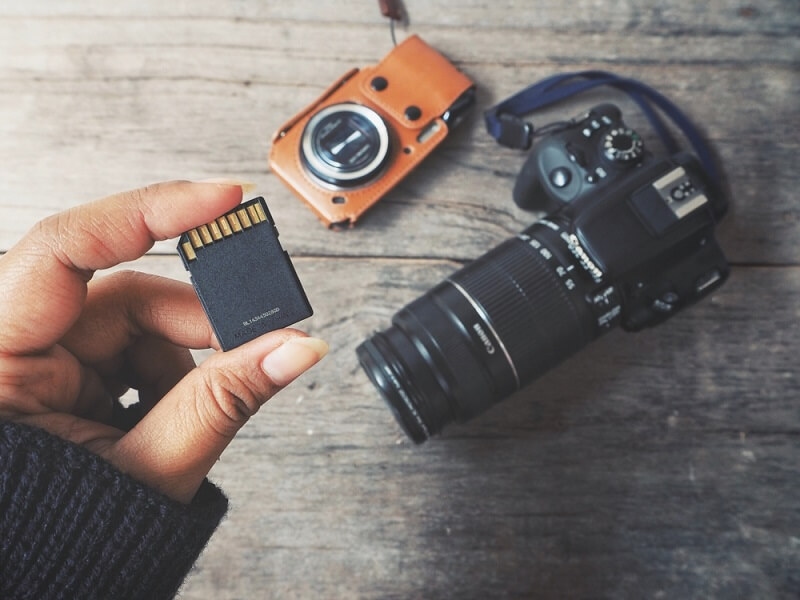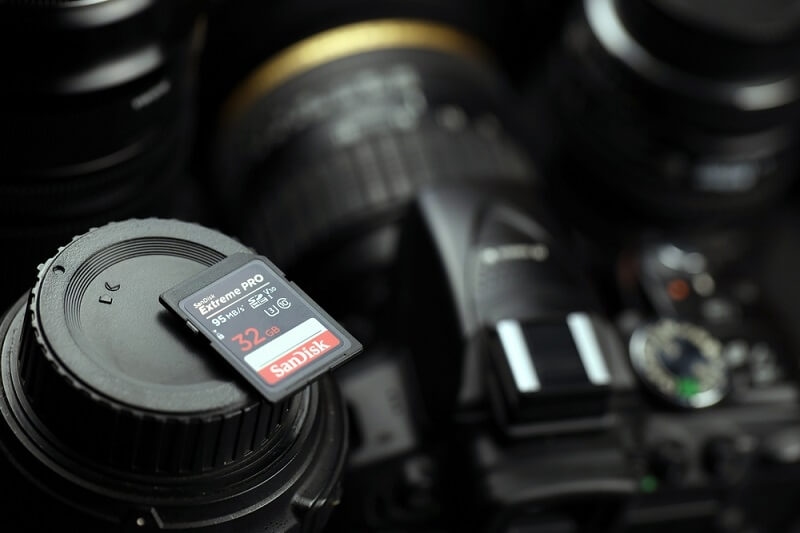
When people think about photography gear, they picture cameras, lenses, maybe a fancy tripod. But ask any experienced shooter and they’ll tell you: memory cards can make or break your day. They seem like an afterthought—tiny pieces of plastic you slip into the camera. Yet, pick the wrong one, and you risk corrupted files, endless buffering, or worse, losing shots you’ll never get back.
For beginners, figuring out the best memory cards for photography feels overwhelming. So many brands, classes, speeds, and prices. Do you need the most expensive one? Is a cheap card good enough? Let’s cut through the jargon and look at what actually matters.
Imagine shooting a wedding, only for your card to freeze mid-ceremony. Or spending hours in the wild, capturing wildlife, and then discovering your files are corrupted. Painful, right? Memory cards aren’t glamorous, but they’re the unsung heroes that keep your images safe.
Understanding how they work and what to avoid means fewer headaches and more peace of mind. This is where guides like memory card speed explained become a lifesaver. Because speed, capacity, and quality aren’t just numbers—they decide whether your shoot goes smoothly or not.
So, what should you actually buy? The truth is, beginners don’t need the absolute fastest or priciest cards on the market. What matters most is reliability and balance—enough storage, decent speed, and compatibility with your camera.
Some of the best memory cards for photography for starters include SanDisk Extreme Pro, Lexar Professional, and Sony Tough series. They’re fast enough for bursts, durable enough for travel, and trusted by professionals worldwide. Beginners should prioritize cards labeled UHS-I or UHS-II with speeds above 90MB/s for smooth performance.
The alphabet soup of SDHC, SDXC, UHS, V30, and Class 10 can feel impossible to decode. But once you break it down, it’s manageable. Here’s the trick: focus on three things—capacity, speed, and reliability.
When thinking about how to choose SD cards, start with your camera’s limits. Some entry-level DSLRs or mirrorless models won’t recognize cards larger than 128GB. Others can handle 512GB or more. Bigger isn’t always better, though—multiple smaller cards reduce the risk of losing everything if one fails.
Then comes speed. That’s where “read” and “write” speeds come in. Reading is how quickly the card transfers to your computer. Writing is how fast it saves photos in the moment. If you’re shooting RAW files or video, writing speed matters most.
Speed ratings are confusing, but let’s simplify. “Class 10” means at least 10MB/s. UHS-I and UHS-II are newer standards, with UHS-II offering much faster transfer. Then there are Video Speed Classes like V30 or V60, which are essential if you’re dabbling in video.
So, when you see memory card speed explained in guides, the key takeaway is this: don’t buy the slowest card just to save a few bucks. Slow cards bottleneck your camera. That lag you feel when your buffer fills up? That’s your card holding you back.
Not everyone wants to drop $100 on a single card. The good news is, there are plenty of best budget memory cards that perform well. Brands like Kingston Canvas, Transcend, and PNY Elite offer affordable options that still deliver solid performance.
For casual photographers shooting JPEGs or light RAW work, these cards are perfectly fine. Just avoid sketchy, no-name cards from unknown sellers. Counterfeits are rampant online, and nothing hurts like realizing your “128GB card” is actually 8GB in disguise.
Owning good cards is one thing—caring for them is another. Tossing them into your bag unprotected is asking for trouble. Use card cases to keep them safe from dust and static. Label them if you carry multiples, so you know which ones are full or blank.
And here’s one of the golden storage tips for photographers: don’t rely on a single card for an entire event. Swap halfway through. That way, if something goes wrong, you don’t lose every shot. Also, always back up to a computer or external drive as soon as possible. Memory cards are meant for capture, not long-term storage.
Let’s be real—we’ve all done something careless with our cards. Formatting in the wrong camera. Deleting files manually instead of formatting. Pulling the card out while it’s still writing. Leaving it in direct sunlight. These are the top memory card mistakes that kill lifespan and reliability.
The fix? Simple habits. Always format in-camera before a big shoot. Don’t fill a card completely; leave at least 10 percent free space. And never buy cards from unverified sellers—it’s the fastest way to end up with fakes.

While SD cards dominate the beginner market, other formats are worth mentioning. CFexpress cards, for example, are blazing fast and built for high-end cameras shooting 4K and 8K video. They’re expensive, though, and not needed unless your camera requires them.
MicroSD cards are common for drones and action cams, but avoid them for traditional cameras unless absolutely necessary. They’re smaller, easier to lose, and less durable. For beginners, sticking to full-size SD cards is usually the best bet when exploring how to choose SD cards wisely.
Here’s a common trap: buying a massive 1TB card “just in case.” Sounds good, right? But there’s a downside. The bigger the card, the more you lose if it fails. Splitting storage across multiple cards is safer.
For everyday shooting, 64GB or 128GB cards are plenty. If you’re into video or heavy RAW, 256GB makes sense. Just remember, top memory card mistakes often start with overbuying storage instead of planning backups.
Cards don’t last forever. They wear out after thousands of cycles. That’s normal. But how you treat them affects how quickly that happens. Rotate between several cards to spread usage. Format regularly. Don’t leave them at full capacity for months.
And most importantly, back up everything. Even the best budget memory cards can fail. Treat them as temporary, not permanent. If you need to store images, invest in external hard drives or cloud storage. Cards are tools, not vaults.
Choosing the right card doesn’t have to feel like decoding hieroglyphics. Stick with reliable brands, buy from trusted sellers, and match the speed and size to your camera and style. Avoid the pitfalls—counterfeits, bad storage habits, and the urge to buy “the biggest” just because.
With the right approach, your cards will perform reliably, letting you focus on what matters: creating images. And that’s the whole point, isn’t it?
Memory cards are small but mighty. They don’t get the spotlight, but they deserve it. They hold your art, your memories, your work. Respect them, and they’ll serve you well.
So, next time you’re tempted to grab the cheapest one at the checkout line, pause. Think about speed, reliability, and longevity. Because the last thing you want is to lose a perfect moment to a $10 mistake.
This content was created by AI